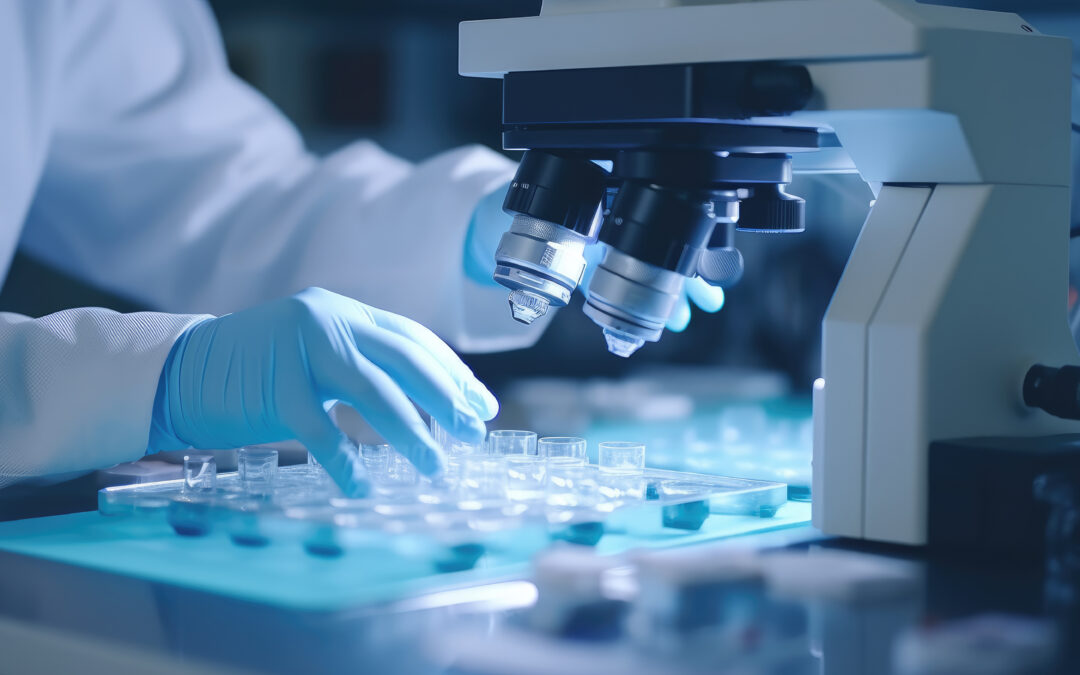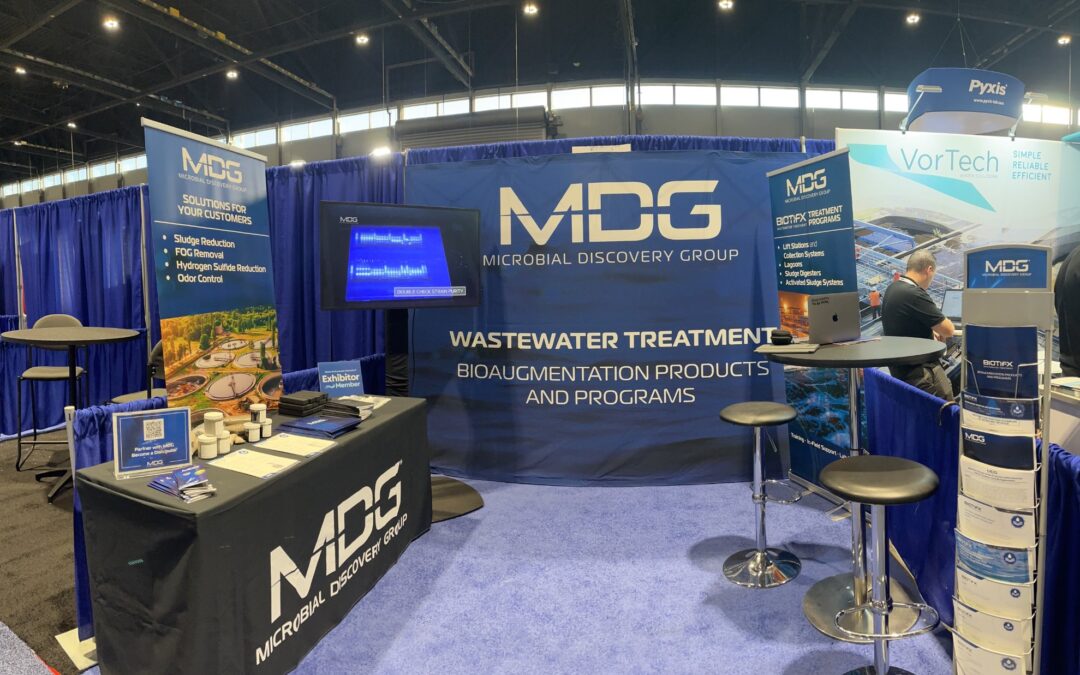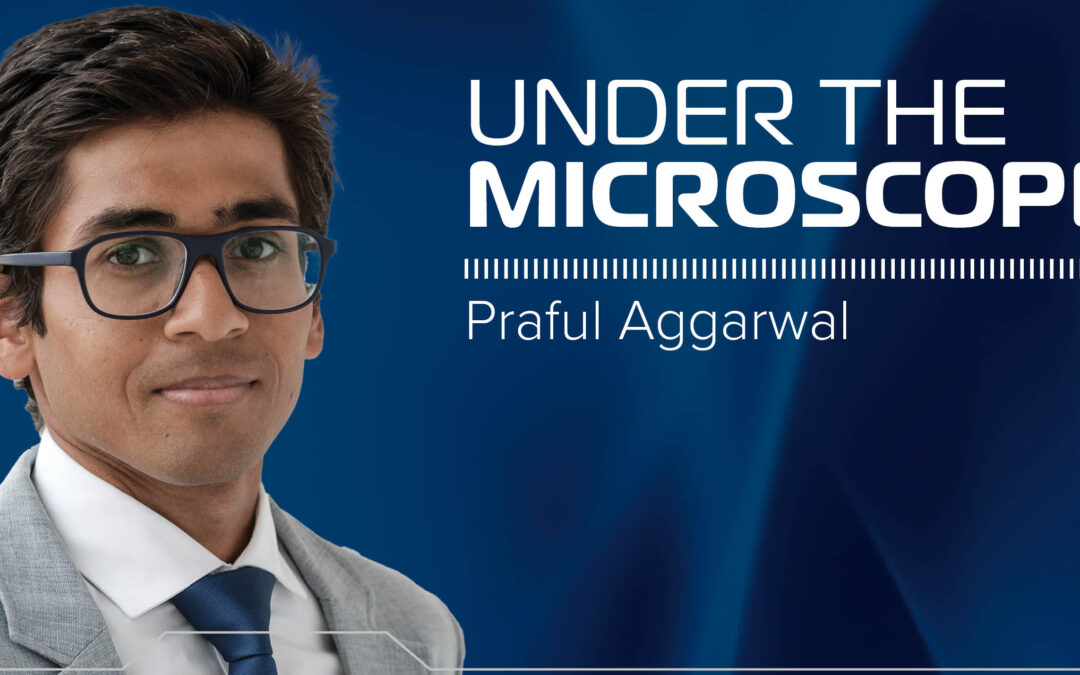Similar to many other chemicals, the price of Ferric Chloride has fluctuated over the years. While customers can typically handle slight changes, the industry has seen fluctuations in pricing, as large as, 4X the previous market average in recent years. For small to medium wastewater treatment plans, a price increase on a high-demand product, such as Ferric Chloride, encourages operators to search for alternative treatments.
Does MDG offer a replacement to Ferric Chloride?
Bioaugmentation is a direct replacement to Ferric Chloride that offers superior economic and treatment benefits in two main applications.
- Hydrogen Sulfide (H2S) Control: Ferric Chloride is often used as a sulfur binder in anaerobic digestors, aerobic sludge digesters, collections systems, force mains and lift stations as a sulfur binder. The Biotifx® line offers alternative products specifically focused on H2S abetment, backed by case studies and in-field success.
- Settling in Secondary Clarifiers: Ferric Chloride is used as a settling aid and percipient in primary and secondary clarification. Secondary clarification for biological waste activated systems that use Ferric Chloride can be replaced with bioaugmentation to improve the settling of that system.
Is Bioaugmentation an easy switch from Ferric chloride? Bioaugmentation is a simple switch featuring a small footprint and minimal capital investment.
Ferric Chloride and most alternative chemistries require high volumes of product, typically distributed in drums or bulk tanks. Biotifx® products replace Ferric Chloride with a much smaller footprint. MDG’s liquid products, such as Biotifix® Liquid Max, would require a 55-gal drum or tote at most. Small peristaltic pumps are offered within our programs for ease of treatment.
If you know your customers are using ferric chloride for H2S or secondary clarification, our team is ready to help you and your customer find the right solution.









